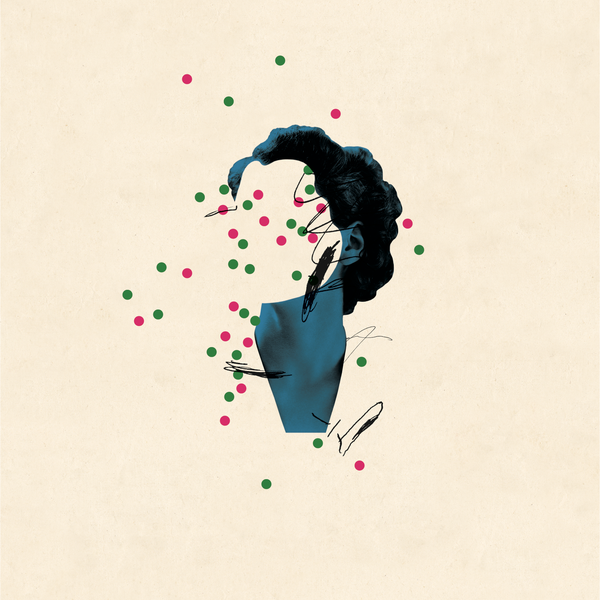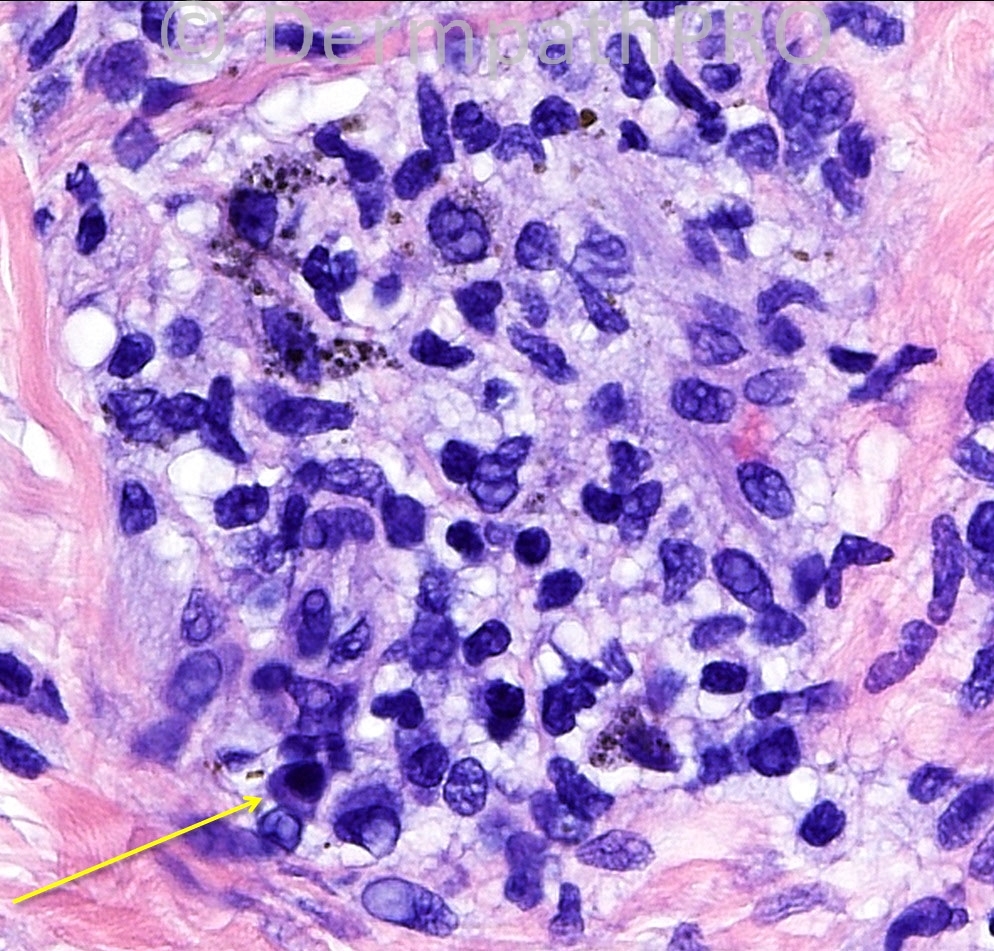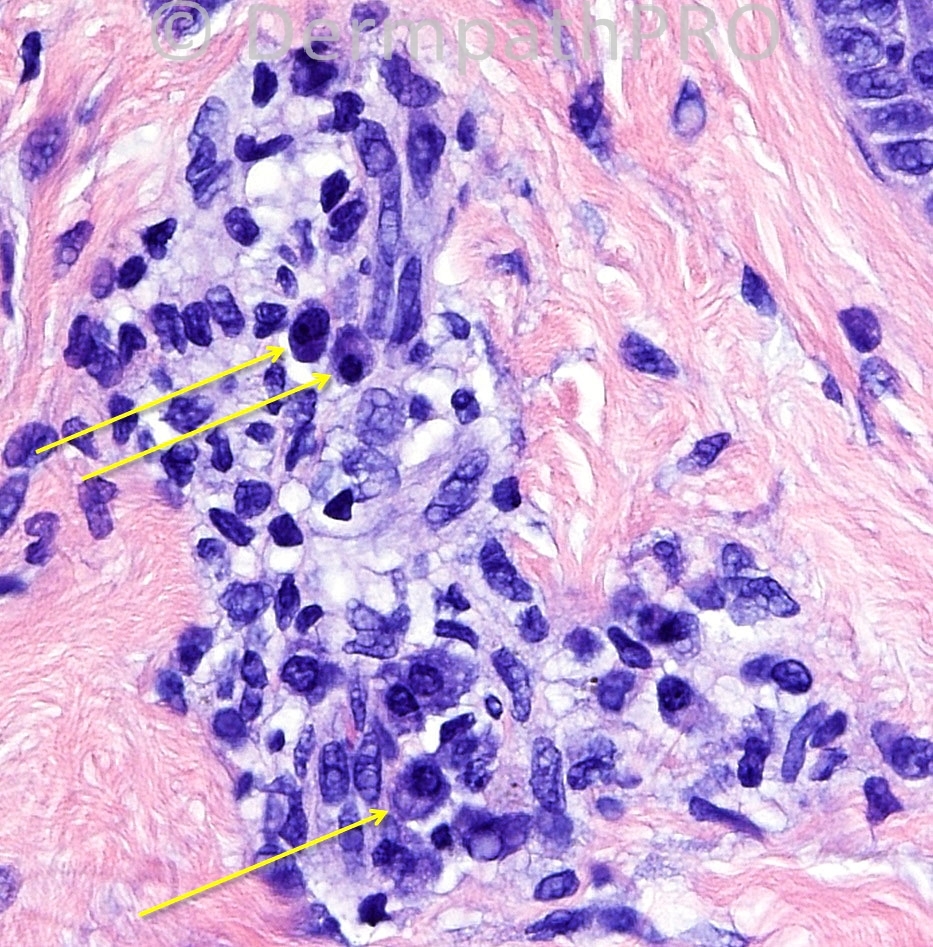Building Blocks of Dermatopathology
BAD DermpathPRO Learning Hub: Diagnostic Clues
Case Number : CT0123 Adam_Bates
Please read the clinical history and view the images by clicking on them before you proffer your diagnosis.
Submitted Date :
21 years-old white male, DS, Occiput biopsy.













User Feedback